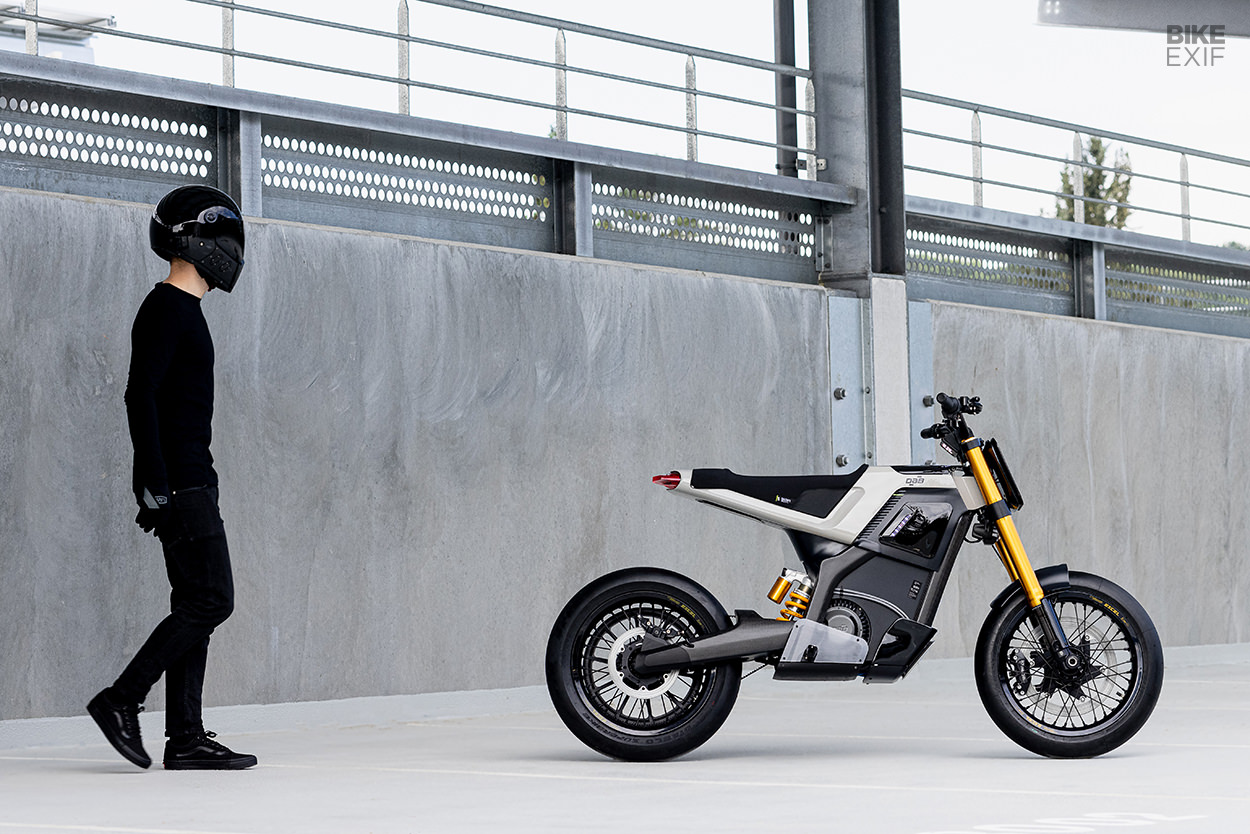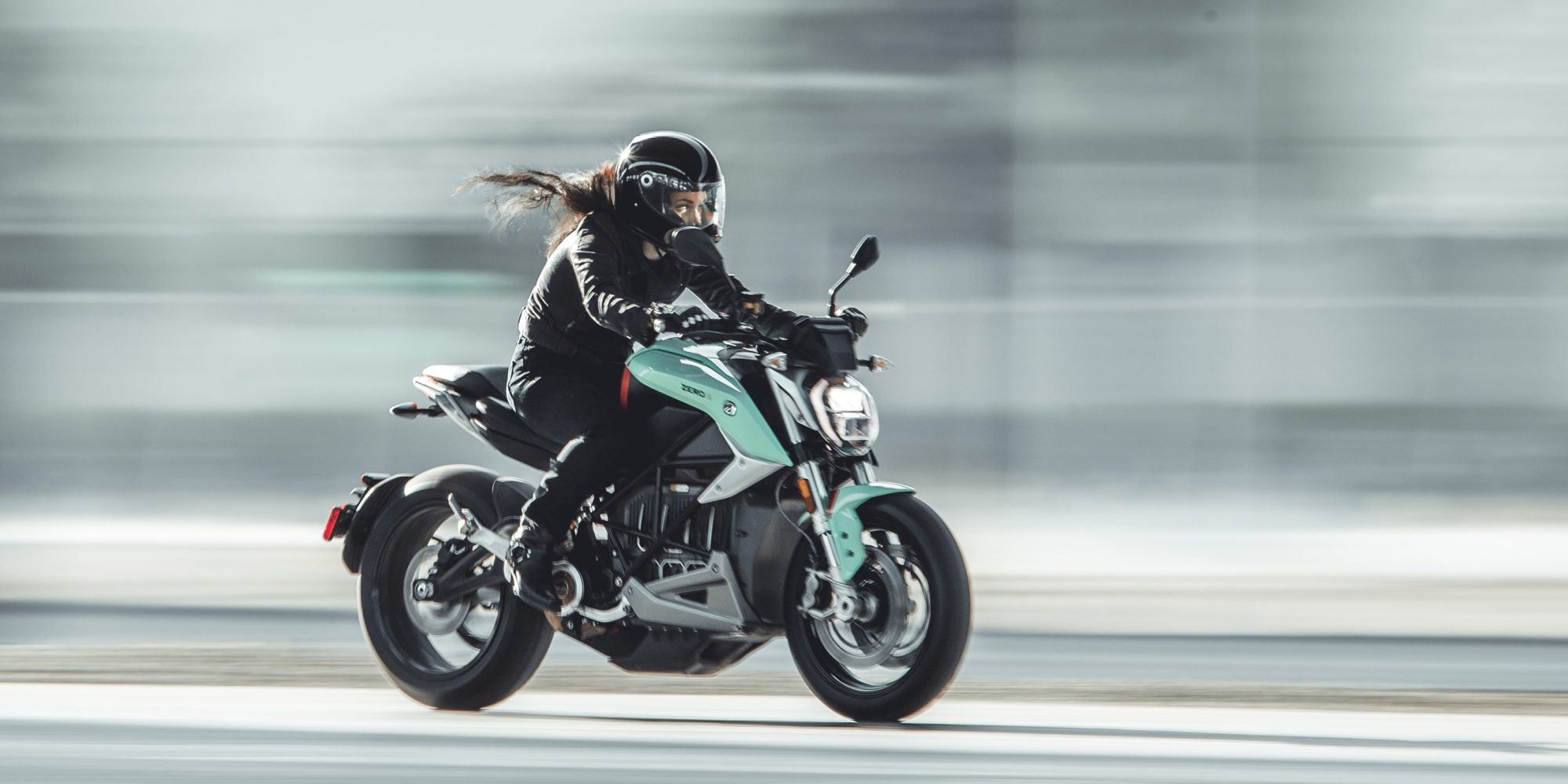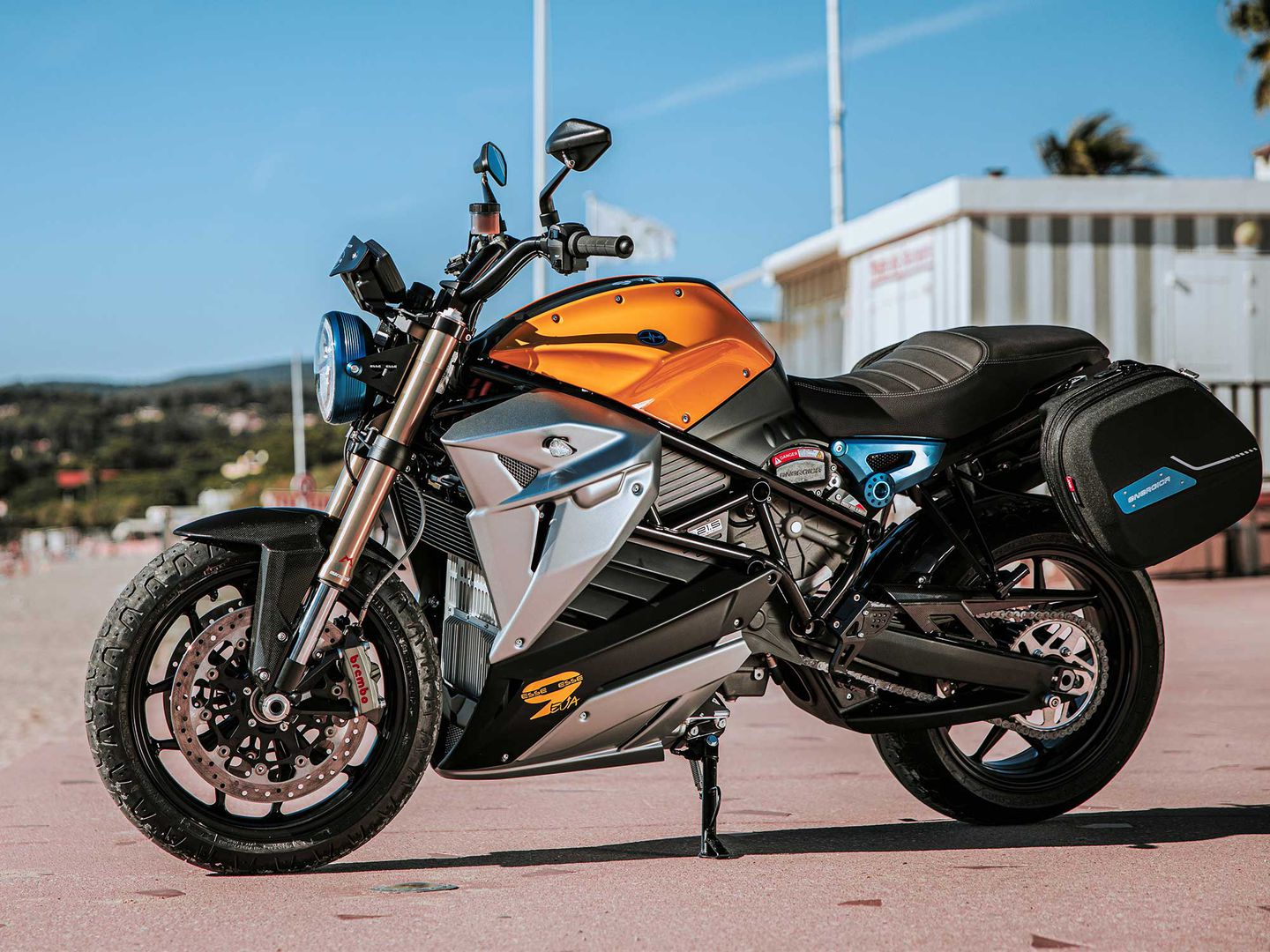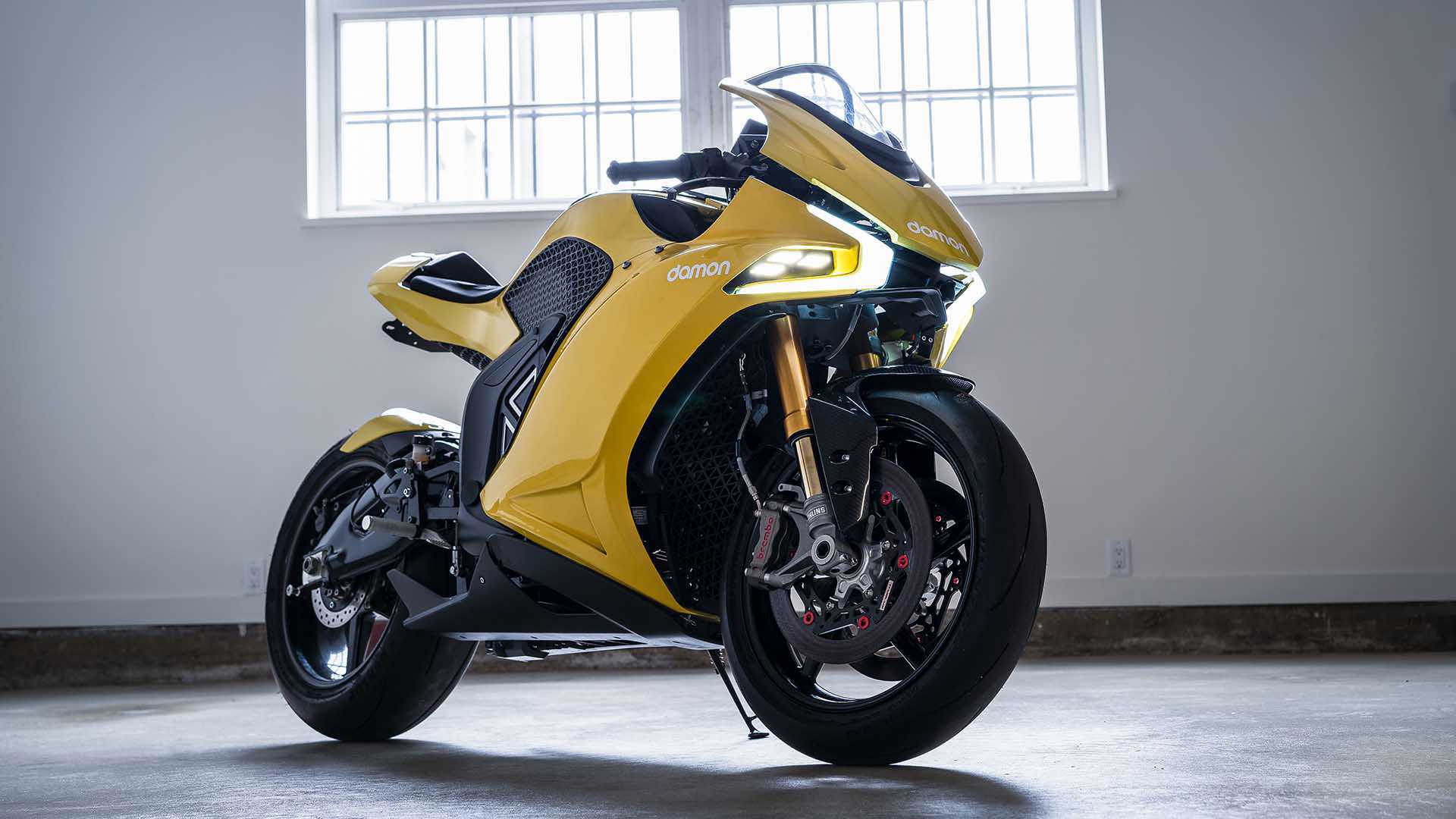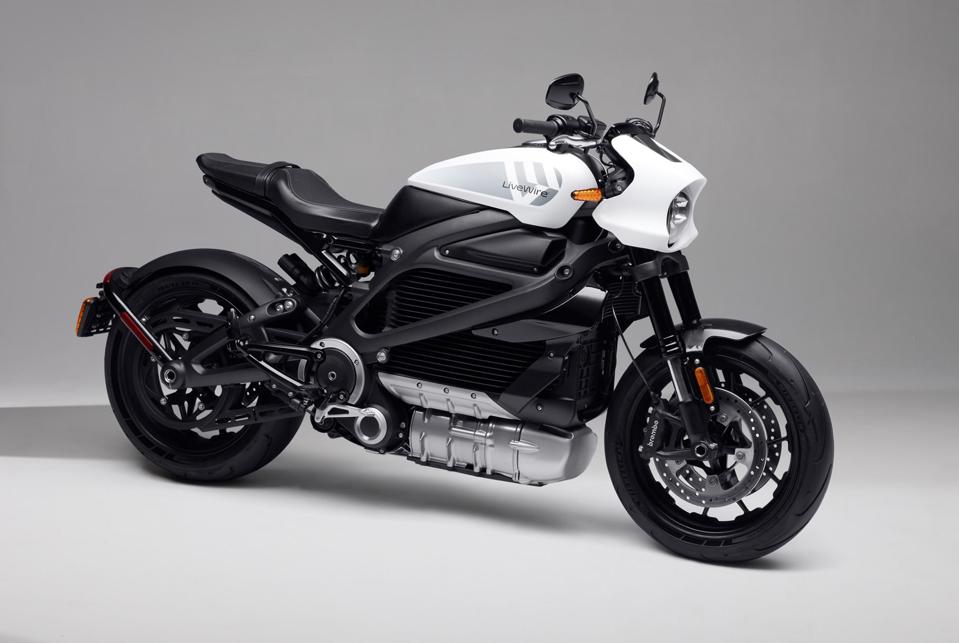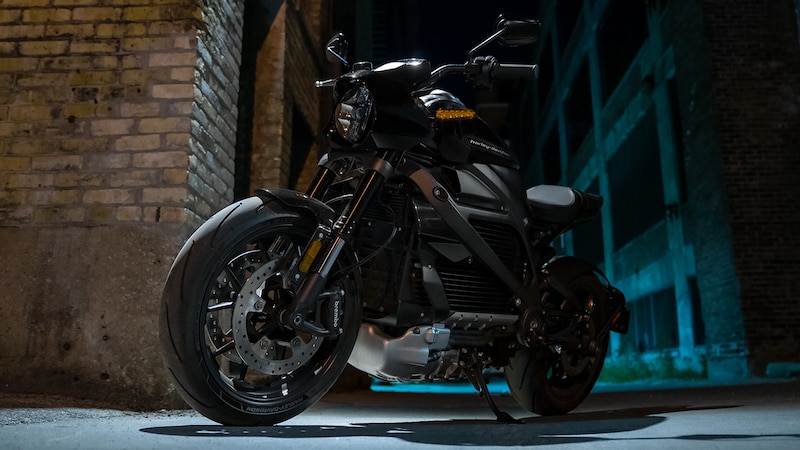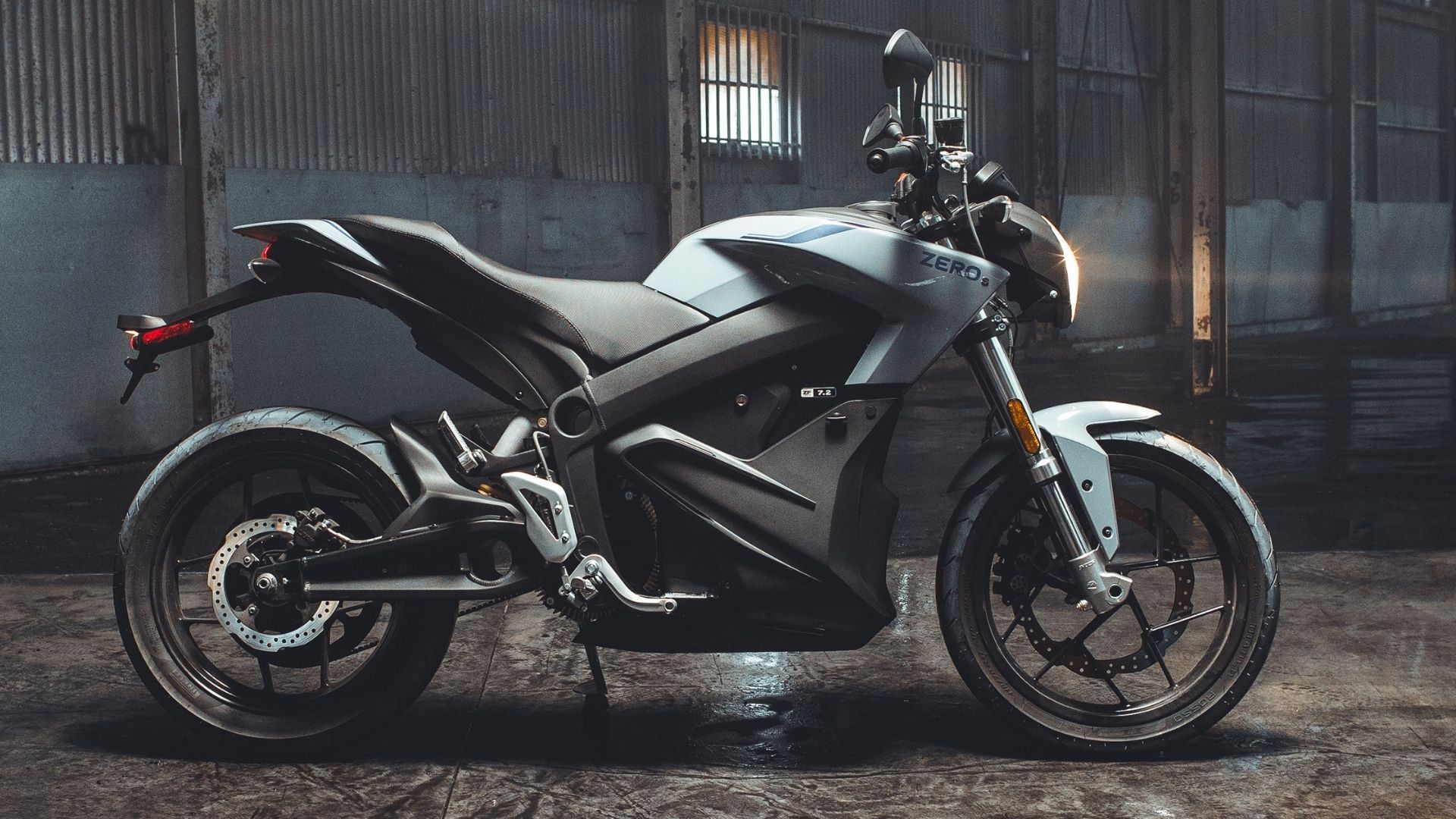There’s a lot at play in today’s motorcycle market when it comes to alternative fuel options.
On the one side, we have the solid, stalwart fossil fuel lovers – the majority of us, I imagine, aboard the usual ICE-blessed Kawasaki, Triumph, Harley-Davidson, Yamaha, KTM, Honda and Suzuki.
Why do we love to play with petrol? You’ll hear a range of reasons, from the traditional ‘it sounds better,’ to the obligatory, ‘it’s more convenient,’ ‘I trust them more,’ ‘the others are ugly’…and, of course, the obvious: ‘It’s cheaper.’
Still, the argument that clean tootles about the town are the ever-growing option can’t be swiped to the side like your latest Tinder catfish. It’s happening, and it’s happening more than ever.
The counter-arguments from the opposite side of the camp? Anything from, ‘It’s new,’ to ‘it’s better for the environment,’ ‘it’s cool,’ or, “I’m having my mid-life crisis, and it was the perfect new toy to play with” (an actual quote from an acquaintance of mine).
In short, all perfectly human reasons to want something different to swing a leg over.
So let’s look at the real reasons why y’all should be even considering alternative fuel – and we’ll start with the potential cons of current clean energy cats.
While I love EVs, I like to fight fair – and this way, the can of worms is opened quicker.
Con #1: Weight
A bloke by the name of Geoff – in connection with an article on TheDriven – isn’t the biggest fan of electric machines when it comes to efficiency. He actually believes that hydrogen is where the future of motorcycle riding should be – and his first argument deals with the heaviness of a battery.
“In a car like our [Tesla] Model 3, around 50% of the weight is batteries – this is impossible in an EVMC as it wouldn’t be able to be held upright and couldn’t be picked up if it fell over,” Geoff argues.
“Lithium can work for cars where battery weight is not an issue and bicycles where range and speed are not issues. For EVMCs, on the other hand, range and weight are utterly critical DNA design issues. If it’s one thing, lithium can’t do its EVMCs.”
Despite lighter EV machines like SONDORS and RQI’s NIU boasting a light step to the scale (~90kg/200lbs. and 100kg/22lbs., respectively), he’s right – the power-to-weight ratio has been a big issue with the earlier electric bikes of the industry.
Still, with newer lineups of bikes from cutting-edge companies like Energica bringing something like the 258–280 kg Ego to the table (peak power at 126 kW / 171 hp, torque at 159 lb.-ft., top speed of 150 mph, and range sitting at 261 miles for city / 123 miles for highway / 153 miles for combined), that argument will soon only be valid for the more budget-friendly/lower-priced EV bikes.
Con #2: Charging Potential
This leads us to the next point – recharge potential and access.
“90% of motorcyclists are tourers and cruisers, not commuters,” Geoff argues.
“For instance, all of my trips are 200+ km, and I use my motorcycles very little around town.”
“Where we ride, there ARE no recharge capabilities – and even if there were, they would be inadequate for the number of bikes on a ride…that is because we go to the bush (I am just back from a 200km ride into the bush) [and] where we stop is by a creek or roadside café.”
This is relatively easily fixed for now with the concept that [most] decently priced electric motorcycles are best suited for a more urban setting until their range is extended with the advancement of electric technology.
…Unless you’ve plotted your course and gotten your hands on something like the Harley-Davidson LiveWire – a machine that (most of you know by now) charges to 80 percent in 40 minutes and 100 percent in an hour, punting the machine’s range to 146 miles before running dry.
Con #3: Support
Speak of the devil.
Our curated content here comes from an avid Aussie-based EV rider named Nigel Morris over at another corner of TheDriven, on his reason for choosing a LiveWire over a Zero EV motorcycle.
“I’ve owned more than forty motorcycles and ridden many more, including several Harley Davidsons, but I can honestly say I have never imagined myself as a Harley owner. But here I am,” Morris comments.
“Whilst I enjoyed many years of riding, unfortunately on both my Zero’s, I also had a fair bit of downtime due to problems which cost me a lot of time, money, and ultimately being without a bike on several occasions.”
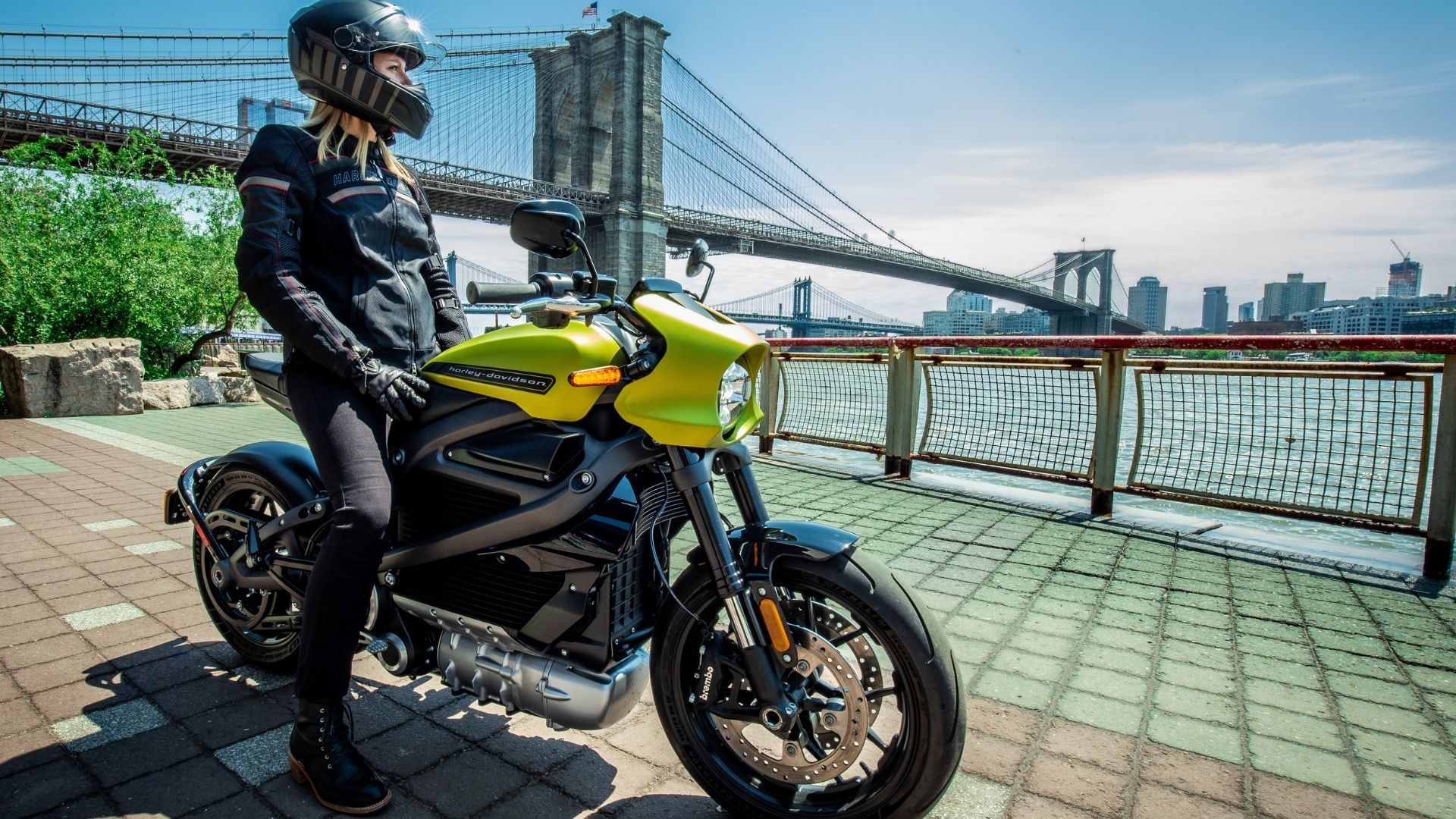


“Initially, there were dealers who could assist me, but that dried up several years ago. Unfortunately, for me, that meant that a relatively simple problem could not be fixed because there was no one with the programming tools in Australia for almost two years, which was an essential requirement.”
“Although the locally based ELMOFO stepped up and became a warranty support agent around six months ago and my bike is now equipped with new electronics, drive train and motor, it did leave me feeling nervous.”
“Harley Davidson, on the other hand, is very well established in Australia, has dealers everywhere, and I feel confident, a brand that it wants to protect by supporting local owners well.”
So let’s have a huddle over all this.
Electric machines may still sport inconveniences that are trumped by gas-powered bikes…but that’s not the real reason why there’s an influx of EVs on the road.
The real reason is that our country is aligning to a cleaner future – a future that, whether we like it or not, is attracted to alternative fuel options.
It’s the big thing for the country to talk about – it’s why I’m talking about it now.
Sync that to skyrocketing gas prices countrywide, to the renewed interest from a surge of newbies looking to integrate into the two-wheeled market to save money and our nation’s heavy industry moguls required to change for production to better suit both the climate and their investors – and boom, you’ve got a movement.
Don’t worry – you’ll still get the same wind in your hair/sun in your face experience…it’ll just be a tad quieter.



